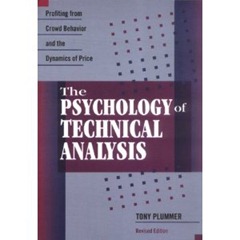Over the last few years, software as a service has disrupted the traditional enterprise software industry for most business applications, including accounting, collaboration, customer relationship management, enterprise resource planning, invoicing, human resource management, content management and service desk management. For those who are unfamiliar with the term, software as a service is a delivery model in which software is provided as a service to users without requiring them to install or maintain it.
According to a Gartner Group estimate, global sales in 2010 reached $9 Billion (up 15.7% from 2009), and are projected to increase to $10.7 billion in 2011.
Gartner also estimates that these software applications, which accounted for a little more than 10% of the total enterprise software market last year, will represent at least 16% of worldwide software sales by 2014.
Zoho is a great example of a software as a service company that was bootstrapped in India and now competes in a global market with corporations like Google and Microsoft.
That said, there are some key challenges that these providers face: Ubiquitous broadband connectivity is still a long way away in India.
In a global context, there are some additional hurdles for an Indian company to compete globally, and Zoho’s success may prove to be an exception, rather than the rule.
U.S. companies already use Indian outsourcing companies to build their product and most of the small- to mid-sized software service providers turn to online marketing for customer acquisition, which means the cost remains the same whether the company is based in India or the U.S.
Read more here: Expert Insight: India’s Software Companies Need a New Model – WSJ.com.

